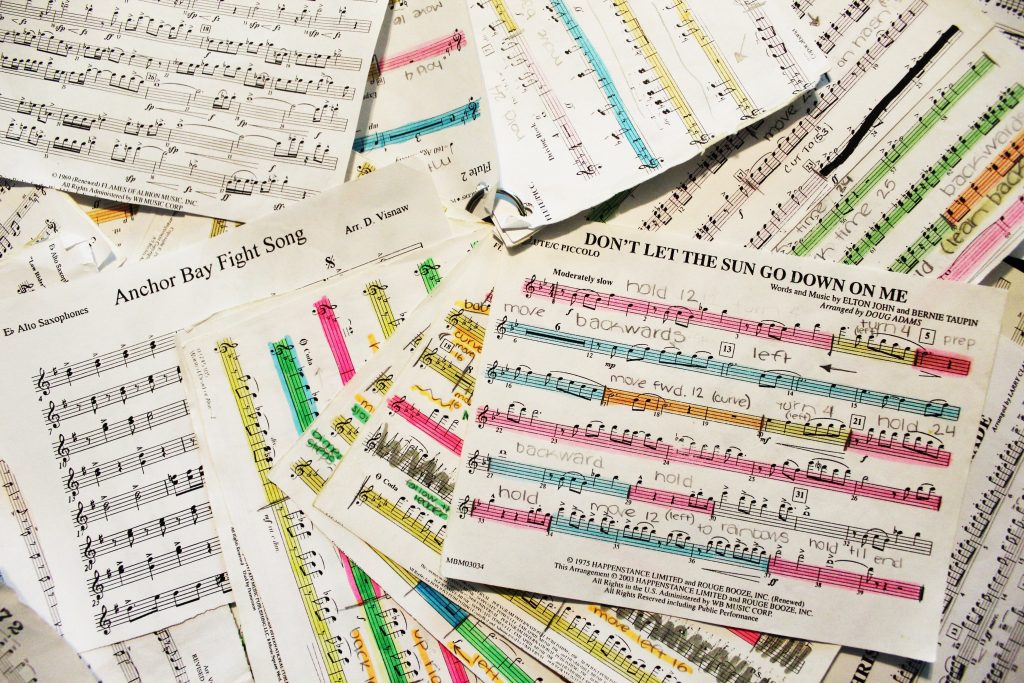
Although many people long to play an instrument, they are often reluctant to learn because they don’t know how to read music. But contrary to popular belief, learning to read music isn’t as hard as it seems! If you’re interested in learning to play an instrument, don’t let your lack of music knowledge stop you. Not only is it easy to learn to read music, once you do, your song options as a musician will be limitless!
We know learning to read music can be intimidating, which is why we’ve created a short tutorial to help simplify the process.
How to Read Music
When it comes to learning how to read music, there are many different symbols and notations that you’ll need to know. Here are a few of the most important and basic music elements.
The Staff
In music, the staff (sometimes known as the stave) is a set of five horizontal lines on which notes sit. The position of the notes on the staff indicates what note it is and, ultimately, the pitch. There are seven possible notes: a,b,c,d,e,f & g. Essentially, the lines and spaces of a staff communicate which notes should be played and when.
The Clef
Next up on the list of important music symbols is the clef. The clef is located on the left hand side of the staff and is used to indicate what range the piece is played in. In standard music theory, there are two different kinds of clefs: treble clef and bass clef. The treble clef is designed for instruments played in the higher range, such as a flute, saxophone or violin. The treble clef symbol resembles a fancy, cursive “G” (which is why it is sometimes known as the G-clef) whereas the bass clef is shaped like a curved comma with two dots positioned along the F line. In contrast to the treble clef, the bass clef is used for instruments that have a lower range, such as a tuba, cello or bassoon.
Note Names
Another important element of music are notes. Notes are the building blocks of music and come in many different varieties. A note serves two main functions: to indicate pitch and duration. As mentioned before, there are seven different music notes. A key component of reading music is learning to differentiate these notes. There are several different acronyms and memory tricks to help beginning musicians learn notes, such as “Every Good Boy Does Fine” for notes on the treble clef lines and “F-A-C-E” for notes in between the lines. For bass clef lines, the acronym “Good Bikes Don’t Fall Apart” is commonly used while “All Cows Eat Grass” is used for note names on the spaces of the bass clef.
Note Values
Not only do music notes convey pitch, they also convey duration or time length. In order to properly read and play music, you need to know the different music note values. That’s because they indicate how long a specific pitch should be held. Some of the most common note types are:
- Quarter note = 1 beat
- Half note = 2 beats
- Whole note = 4 beats
- Eighth note = ½ of a beat
- Sixteenth note = ¼ of a beat
Now that you know the basic music elements, the next step is to sign up for music lessons and put your knowledge to use! With an experienced music teacher to guide you and teach you even more, you’ll be reading music like a pro in no time at all! Stop by our music studio in Scottsdale to learn more.

